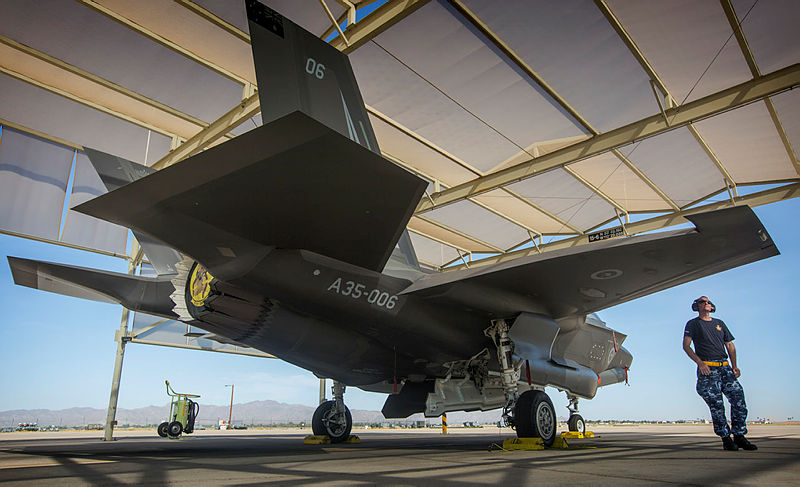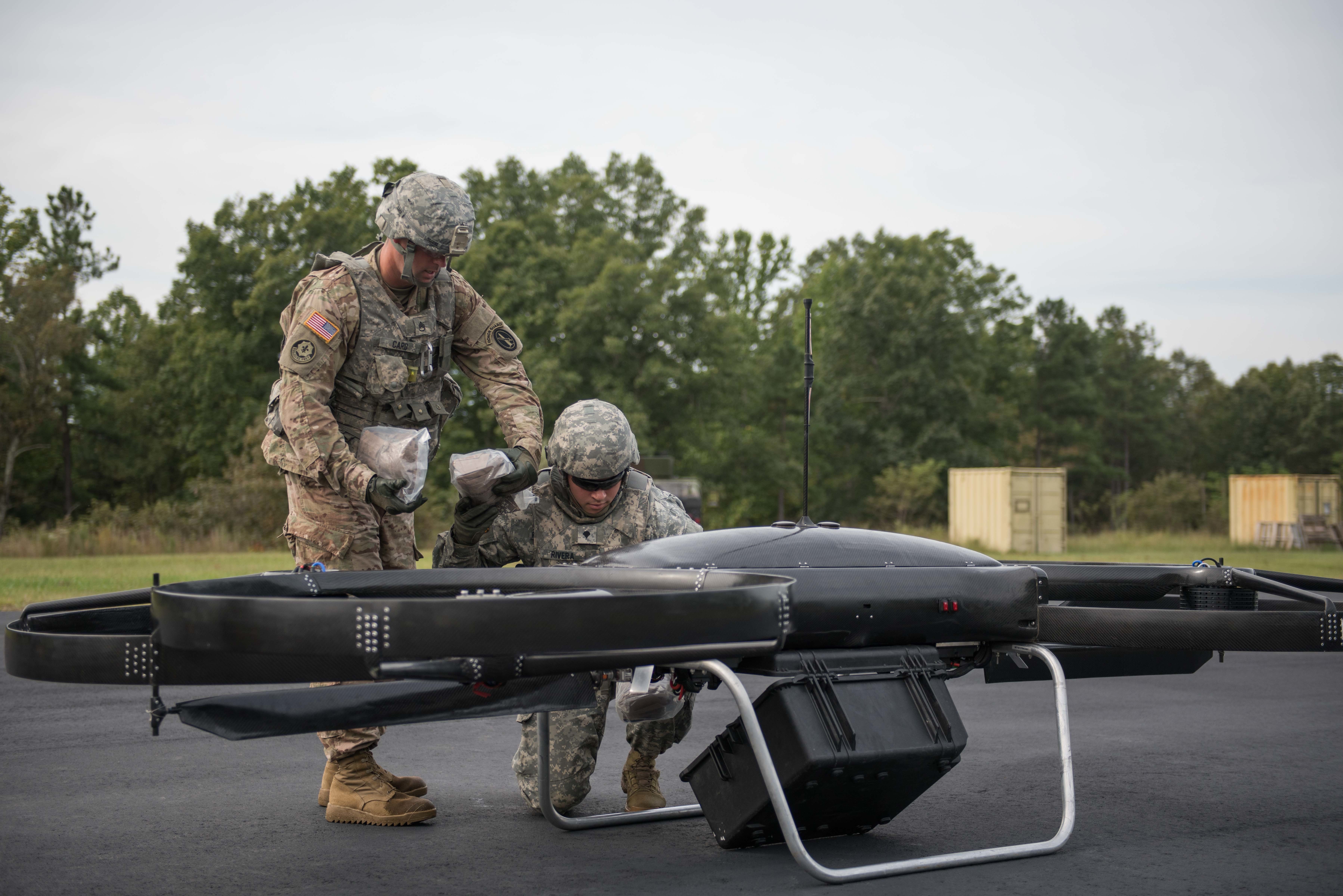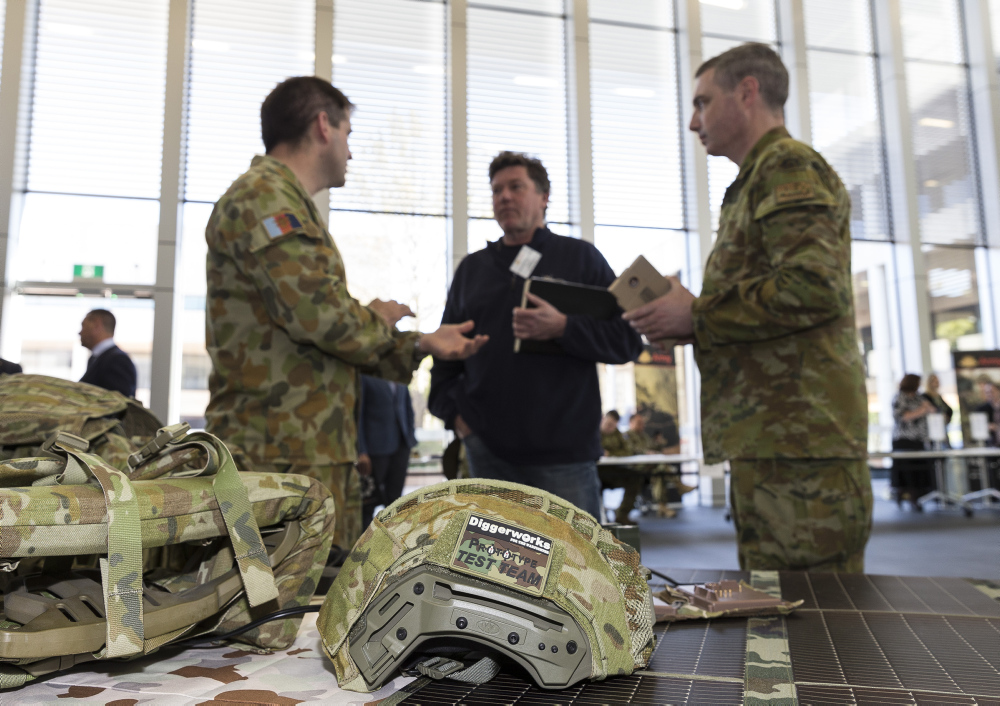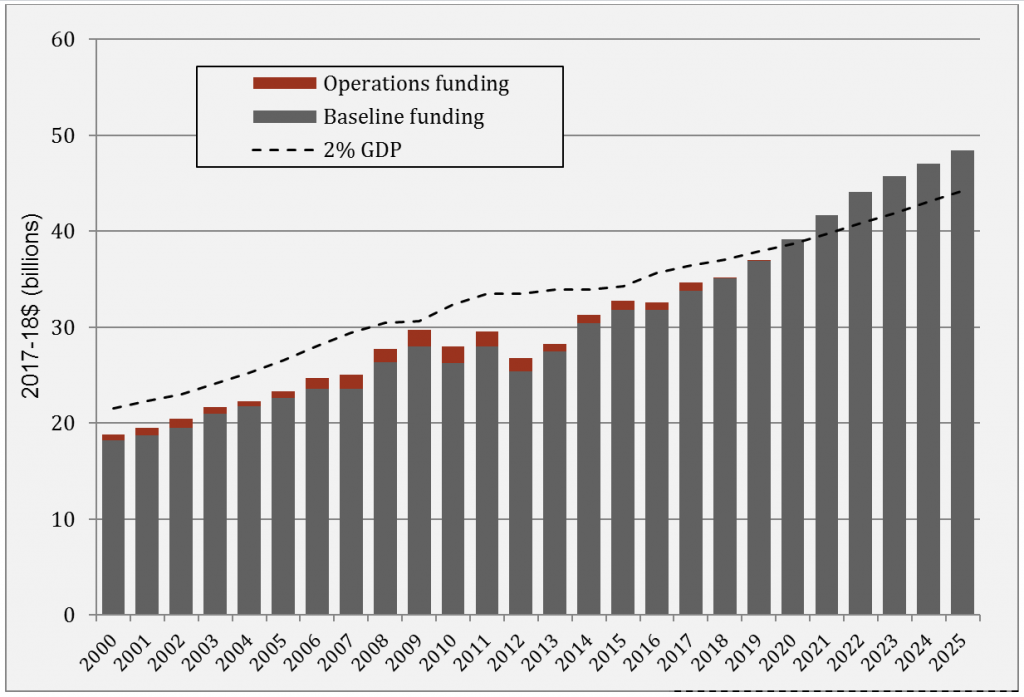The case for fixed Australian defence white paper cycles

The number of years between Australian defence white papers (DWPs) has been shrinking. Between 1976 and 2009, it averaged a little over eight, which was similar to the average times between British and Canadian defence policy reports. Over recent years, however, Australia has had fresh strategic guidance documents in 2009, 2013 and 2016. The average is now one every 3.5 years.
The Labor Party has reflected deeply on Australia’s foreign and defence policies while in opposition (see Shadow Foreign Minister Penny Wong’s address to the Lowy Institute), so there’s a growing expectation that if it were to win the next election we could soon see another white paper round.
The problem with DWPs is that they disrupt Defence and industry. Industry’s immediate reaction to the announcement of a new one is to pause. Boards and executives delay decisions until they have greater clarity and certainty about defence investments.
Similarly, the Defence civilian organisation and the three services either lose personnel to work on the white paper or are forced to delay work while they await directions. Meanwhile, the services’ top brass stop focusing on potential future operations to defend their approved investments against rivals, while probing for any opportunity to grow their own budgets, personnel numbers, platforms or roles. The defence budget is finite, so for them a DWP is effectively a zero-sum game.
The benefits of a good DWP are equally clear. Good strategic guidance provides industry and Defence with a clear direction, sharp priorities and well-defined objectives. They can get back to work in earnest, with confidence.
When DWPs are too frequent, the defence community ends up in a constant state of uncertainty, anxiety and introversion. If they’re too far apart, procurements might be delayed or roles and capabilities grow beyond the scope of what was envisaged in the last one.
We’ve found that three different reasons are offered for developing a new DWP:
- The world has changed.
- New guidance on strategic capability decisions is required.
- The government has planned or committed to a date.
The idea that significant changes in the international environment and threat-based assessments require a new DWP probably best describes Australia’s current approach. For example, the end of the Cold War prompted a wave of Western defence papers (in the UK in 1990 and Canada and Australia in 1994).
The problem with this is that the meaning of ‘significant’ is usually a matter of personal judgement. Rarely will a global change be as stark as the collapse of the Soviet Union.
For example, perhaps China’s aggressive behaviour in the South China Sea and its announcement of its Belt and Road Initiative are game-changers that require a new Australian DWP.
It might equally be argued that, at least since 2000, Beijing’s been quite open about its intentions and strategic aspirations. Its growth in military power has largely been trending steadily for two decades. Perhaps its current behaviour should be no surprise to anyone who’s been paying attention. What do we know now about China that we didn’t know, or at least predict, back in 2009?
If we allow threat perceptions to decide when a new DWP is necessary, then the spacing between them can only be reactive and haphazard.
A second method might be to begin the DWP process in the lead-up to a round of major procurement decisions, or perhaps because a new government has different criteria for such decisions. Before simply replacing old weapons with new ones, it might be prudent to ask whether they’re still needed and, if so, what types they should be. The timing of the 2009 Australian DWP allowed it to do that. It described a far more powerful and competitive Indo-Pacific region before announcing 12 new submarines and nine new anti-submarine warfare frigates.
The obvious problem with this approach is that not all procurement decisions are on the same cycle. If we were to say, for example, that a DWP should be published before ‘significant’ procurement decisions, then once again what’s ‘significant’ is largely in the eye of the beholder.
Clearly, replacing the RAAF’s combat aircraft would be a significant procurement decision, but would replacing its transport aircraft require a full White Paper? If a major platform, such as the M1 Abrams tank, is expected to remain in service until 2035, should the DWP be published in 2020, or 2025, or 2030? The answers will largely be arbitrary.
Alternatively, the timing of DWPs could be set on a fixed schedule, as in the US, where a Quadrennial Defense Review has been published every four years since 1997, and its release synchronised with the following year’s budget request since 2006. Japan also opts for a fixed schedule, but on an annual basis.
A fixed schedule for DWPs would remove the uncertainty in industry and Defence about when they’ll be announced, improve the efficiency of the white paper process, and remove the temptation of the political class to prepare them more frequently than might strictly be necessary.
If we take this course, how many years apart should DWPs be?
We think it’s probably sufficient for Australia to set its DWP at every eight years, with a more limited review at the midway points. An eight-year cycle would be a return to the norm before the turbulent period since 2009.




